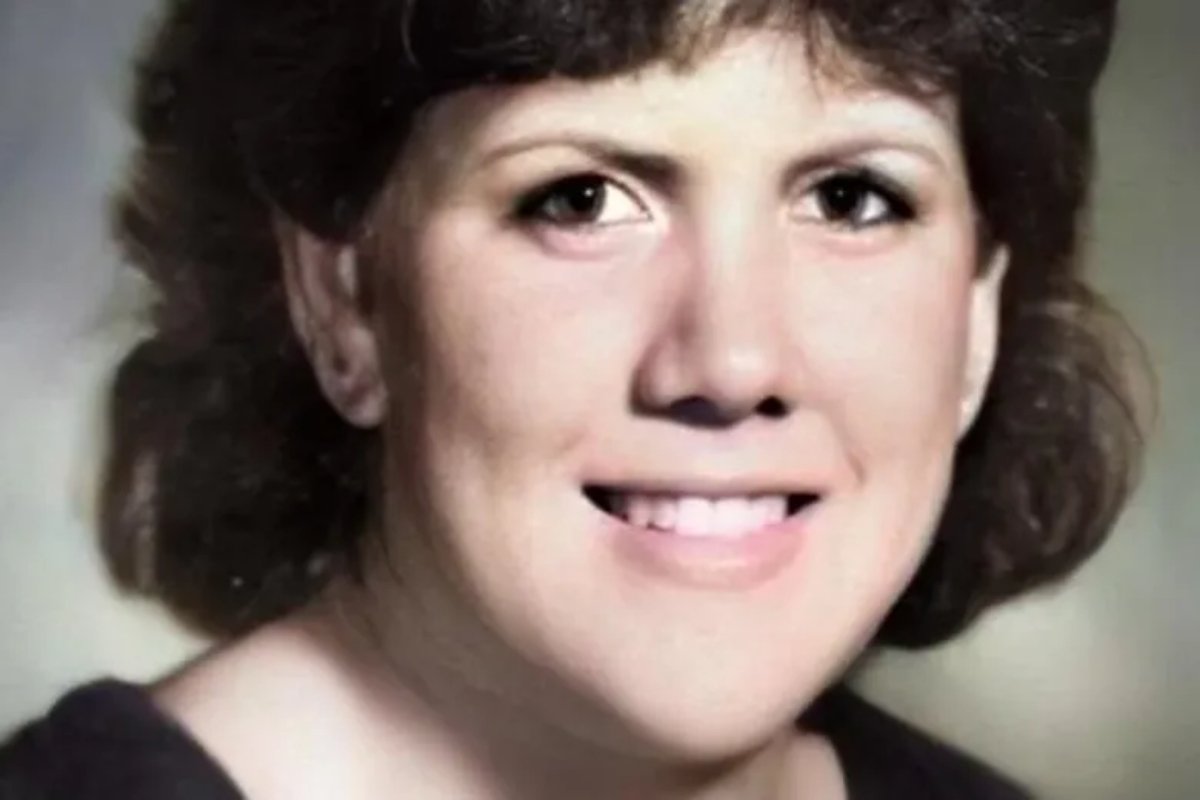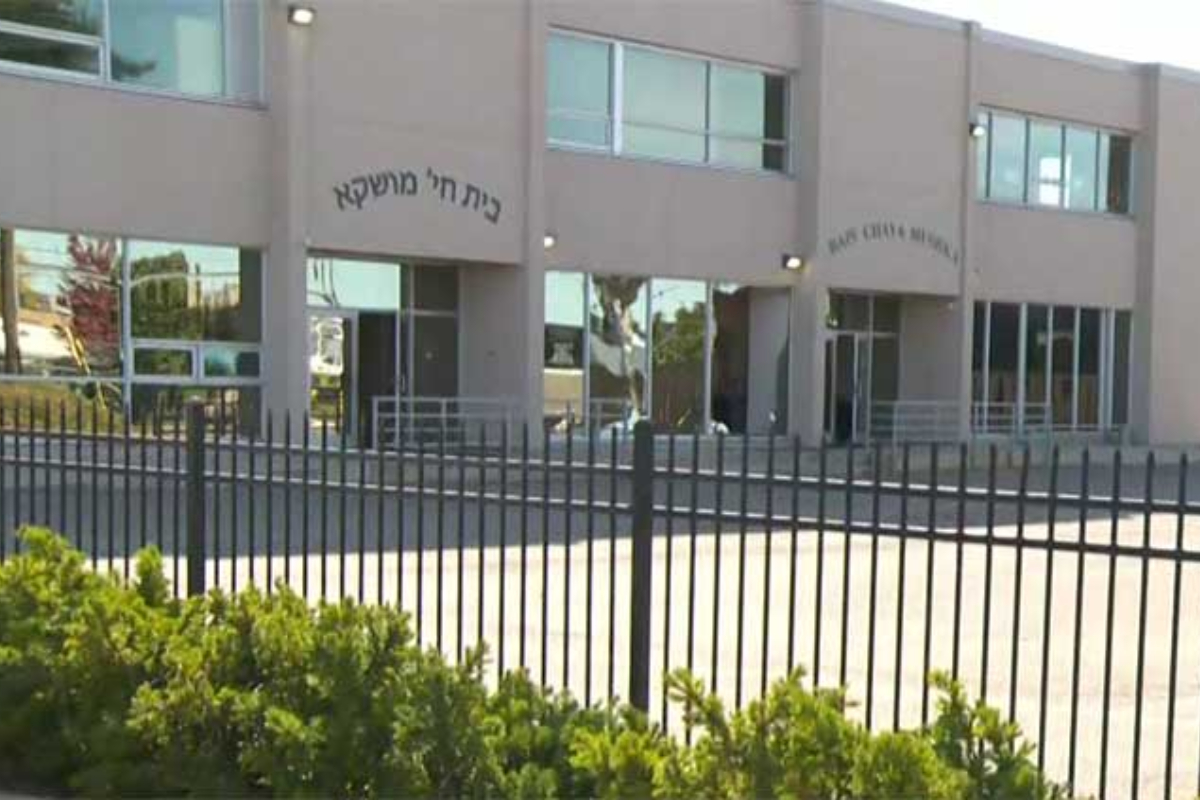- The body of Stacey Lyn Chahorski was found December 16, 1988.
- For years, her identity was unknown. DNA and genealogy testing has been increasingly used to solve cold cases.
- Henry Fredrick Wise, also known as Hoss Wise, was identified as her killer.
It is the first known instance in which the science has been utilised to identify both the victim and offender in the same case—the murderer of a Michigan lady who had been missing for 33 years—officials disclosed Tuesday.
On December 16, 1988, Stacey Lyn Chahorski’s body was discovered on the I-59 freeway in Dade County, Georgia, roughly five miles from the Alabama state boundary.
Her identity was a mystery for many years. This year, when she was located utilising genealogy technology, that situation altered.
Chahorski, a citizen of Norton Shores, Michigan, was travelling when she vanished. Her mother reported her missing in January 1989, according to a previous statement from the Norton Shores Police Department.
Police stated that she was a victim of a homicide, but no other information was provided.
[embedpost slug=”dundee-killer-stays-in-prison-after-home-release-attack/”]
A new development in the investigation was revealed on Tuesday by Georgia officials: the identity of her killer.
He was recognised as truck driver and stunt driver Henry Fredrick Wise, also known as Hoss Wise, during a press conference led by FBI Atlanta special agent Keri Farley.
At the time of Chahorski’s murder in 1998, Wise would have been 34.
The Georgia Bureau of Investigation stated in a release that Wise passed away in an automobile accident at the Myrtle Beach Speedway in South Carolina in 1999. Wise died in the crash from burn injuries.
Officials claimed that Wise had a criminal history in Florida, Georgia, and North Carolina, although his charges took place before felony arrests were required to submit to DNA testing. Farley claimed that after Chahorski was identified through the use of evidence and DNA testing, detectives turned their attention to identifying her murderer.
More and more cold cases are being solved using DNA and ancestry testing. A Washington woman’s cold case murder earlier this year was solved with the use of DNA evidence from a cigarette butt left at the scene and Othram’s family history research.
[embedpost slug=”shinzo-abe-killer-wanted-to-strike-someone-else/”]






















